When you think of Black hair in games, what comes to mind? Maybe a clean set of cornrows? What about some dreadlocks? Or, and this is probably the most likely, do you think of an afro, a Caesar fade, or just a bald scalp?
This litmus test is a conversation that’s been raging in the games industry for as long as games have featured playable protagonists and character creators. Even former Kotaku staffer Evan Narcisse took the discourse to task in his essay on the difficulties depicting Blackness in gaming, illustrating that the road has been traveled, but it’s still quite long.
Read More: Pokémon Scarlet And Violet Seems To Offer Better Character Creation Options
While all of the aforementioned hairstyles are today likely to be found in nearly every character creator, they, unfortunately, are still incredibly limited for Black gamers when it comes to creating digital versions of themselves. As any Black person will tell you, our hair has depth and range that scarcely gets represented in our fave medium.
And that’s exactly what Kinda Funny Games’ host and producer, Blessing Adeoye Jr., tackles in his latest episode of The Blessing Show. So we decided to sit down with him and bitch about how bad it is when it comes to Black hair in gaming.
Character creators are good, but they could be better
Adeoye Jr., one of the most recent additions to the Kinda Funny Games crew, has his own series examining aspects of games and design. In his latest episode, “We Need To Fix Black Hair in Video Games,” he provides some history on Black hairstyles, noting that the most commonly seen look in games, cornrows, dates back “over 3,000 years to sub-Saharan Africa.” That’s deep. Deeper still is the diversity of Black hair styles, which include 360 waves, bantu knots, fro-hawks, Jheri curls, and twists, among others.
Unfortunately, many of these styles aren’t featured in most modern games’ character creators. That doesn’t mean things haven’t improved. He points to games like Nioh 2 and, sigh, Hogwarts Legacy as examples of excellent options for Black gamers to create an extension of themselves with hair to match.
But it’s clear that Western beauty standards—blonde hair, fair skin, blue eyes, slender build, etcetera—are still the norm in the industry. As Adeoye Jr. mentions, “a good amount of popular games are developed in countries like Japan,” meaning education around the more natural, “ethnic” hair Black folks wear is far less common. As such, you get something like Elden Ring’s character creator which, while vast in its options, is limited in its ability to accurately represent a Black individual. FromSoftware’s magnum opus is the highest-selling game in the Japanese studio’s catalog, but it can’t even get its depiction of Blackness right.
The juxtaposition between games like the Nioh series and Elden Ring is indicative of how far we’ve come and how much we still have to go.
Western beauty standards in games

According to an estimate by the U.S. Census Bureau, Black people make up just 13.6 percent of the American population in comparison to white people, who dominate at 75.8 percent. Judging by this alone, you’d assume that Black features—such as our melanated skin and kinky hair—aren’t “normal or common enough for consideration,” as Adeoye Jr. suggests in his video. And he ain’t wrong.
Throughout history, Black folks have been demonized for their natural features in order to prop up Western beauty standards as the ideal everyone should strive for, whether it’s possible or not. This is something both of our families have experienced—straightening their hair to avoid the discrimination that comes with wearing a more natural style. And we went through it in our adolescence, perming our hair in an attempt to inch closer to whiteness and thus, be seen as beautiful by classmates, teachers, bosses and coworkers, even our parents. Never mind the damage it was doing to our roots; straightening our hair made us beautiful because it was the hairstyle society wanted.
Because Black folks don’t even make up a quarter of America’s population (and less so in places like Japan), it’s no wonder that natural hairstyles are not found or are limited to the usual suspects in games. It’s also not surprising that so many of them favor physical traits that denote whiteness like: pale skin, straighter hair textures, smaller lips and noses, etcetera.
While some games, such as Pokémon Scarlet and Violet and The Sims 4 have gotten updates to “expand” the available options, most, like Babylon’s Fall, couldn’t even acknowledge that Black hair (or people for that matter) exists. And even when we do exist in these worlds, our depiction is inaccurate at best or feels like a caricature at worst (looking at you, CJ).
Take Varl, the Brave tribesman and a major character of Guerrilla Games’ Horizon series. He has an impressive head of locs that are “refreshingly inclusive” for Adeoye Jr., but even Varl isn’t free from the chokehold Western beauty standards have on game design. On closer examination of the taper fader Varl has in the 2022 sequel Forbidden West, you can see that the hair texture is straighter than what would be considered natural for a hairstyle such as this (that being coily, kinky hair). The same can be said for Varl’s beard, which also appears to be of a straighter hair texture.
Black folks aren’t monolithic, of course. Our hair texture is varied across the culture and each individual’s scalp, but Varl’s design is illustrative of the trouble of depicting Blackness in games. It’s almost there, but so often misses the mark and that’s a bummer. In most cases, it’s clear that a lot of love clearly went into these characters, and the improvements in graphic rendering technology provide the means to make these depictions even better—we just need the education to go with the technical advancement.
There are some shining examples for Black gamers, though

Games haven’t had many great examples of authentic Black hair. However, Miles Morales’ “next-gen fade,” Kimberly from Street Fighter 6 and her huge braids, and Estelle from Season: A Letter to the Future with her short afro are among Adeoye Jr.’s fave depictions of Blackness in games.
“I think usually when you’re trying to depict Black women in a video game, you’re going for something like Kimberly or you’re going for something longer, but having it be a shorter afro for a character, I think is awesome,” Adeoye Jr. says of Season in an interview with Kotaku. “One of my sisters has a shorter afro, and so as soon as I saw [Estelle] I was like, ‘Oh, snap, this reminds me of my sister.’ That is a hairstyle that a lot of Black women have and so to have that define her character, I thought was a really good thing as well.”
Read More: The State Of Diversity In Big Budget Video Games
It’s easy to default to something like GTA Online and NBA 2K for character creators with decent options for Black gamers. But what about the inclusive representation in The Sims, which promised to do better for the Black community—and delivered. The Sims 4 has implemented a lot of the mods the Black Simmers have made allowing for greater accuracy and variety when creating Black characters.
WWE 2K22 is another strong character creator with its diverse selection of body types, skin tones, and hairstyles. Or the Saints Row series which blew our mind in the aughts with how many options were available for creating our own “Boss.”
The curls aren’t going anywhere

Oftentimes, whenever conversations around Black representation in gaming come up, a vocal subset of the gaming community diminishes whatever merit the critique highlights with excuses and “whatabout-isms.” While the stonewalling that occurs during discourse regarding Black representation bums Adeoye Jr. out, he wants his video to be relaxed and welcoming for both the Kinda Funny audience and the game industry as a whole.
“This is a video that I made with the hope that it feels approachable, it feels like something that isn’t attacking most of the time. I feel like some of the time I can be aggressive about it but I want to provide that option for people to wanna watch the video and not feel like it’s me talking down to ‘em,” Adeoye Jr. explains.
Despite the likelihood that the majority of Kinda Funny’s audience is white, Adeoye Jr. believes that the arguments he made in his video, and the digestible way in which he delivered them, will “go a long way” toward encouraging viewers to champion for better representation in games.
“When you have an industry that is predominantly white, it’s hard to see those issues. It’s hard to look at these characters and go, ‘Oh, there’s something wrong here or there’s something off here, right?’ As Black folks playing these games, that’s something that sticks out to us,” Adeoye Jr. says.
Adeoye Jr.’s video might not lead to an immediate shift within the video game industry toward a more authentic representation of BIPOC folks, but it more than succeeds in encapsulating the many frustrations and occasional joys Black gamers feel when it comes to seeing ourselves in the games we play. Here’s hoping we get even more hair options aside from just a fro or fade in games like Diablo IV and Starfield.

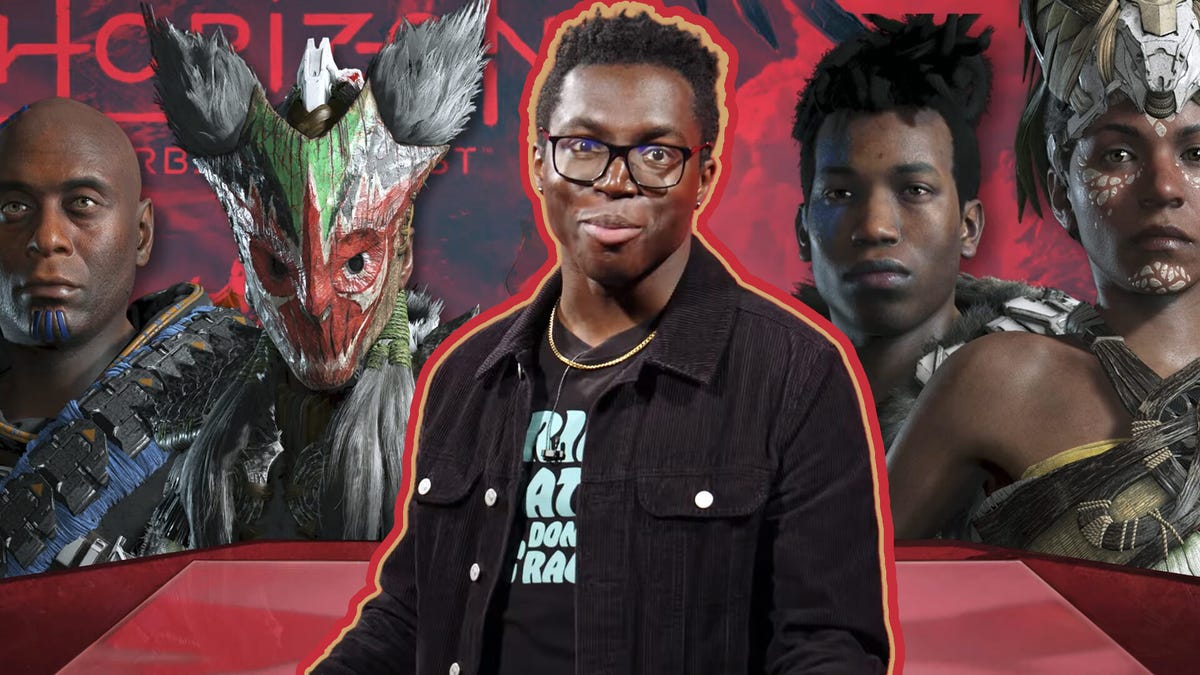
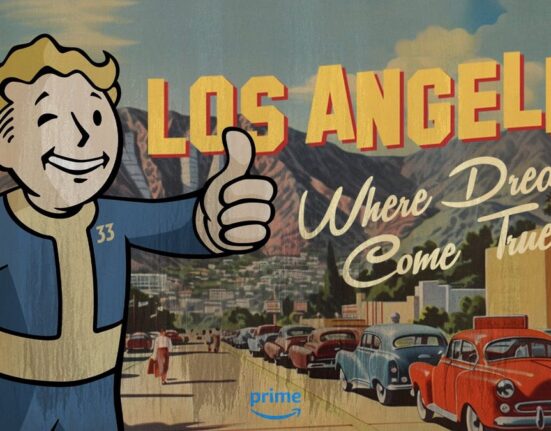
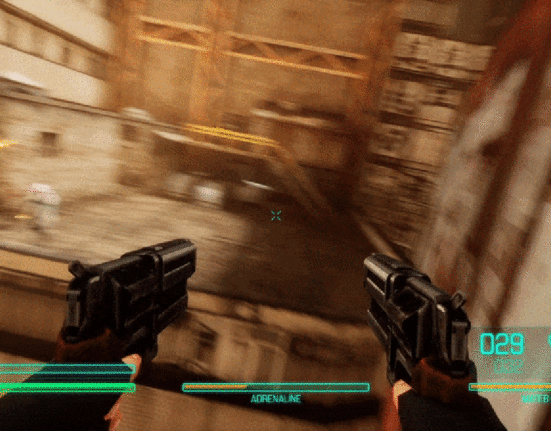
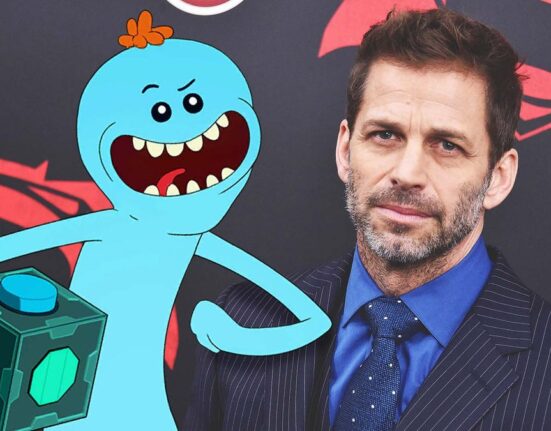
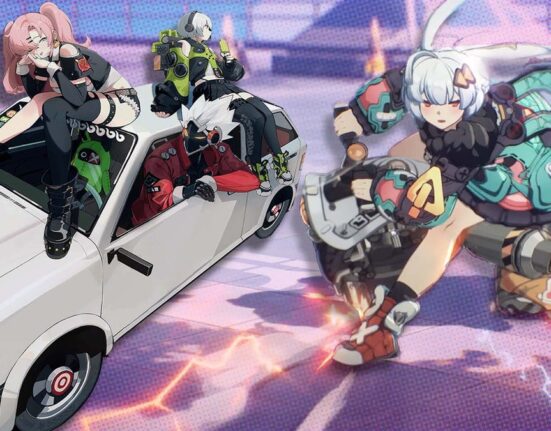
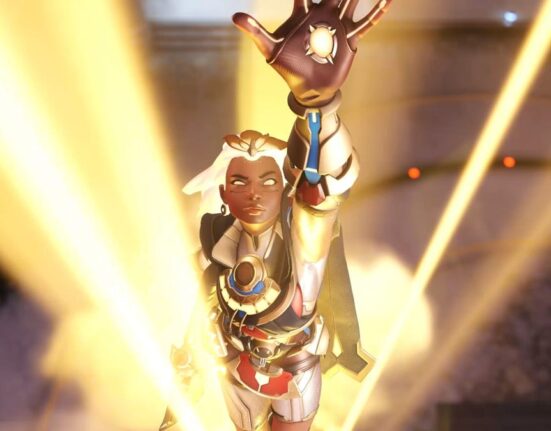
Leave feedback about this